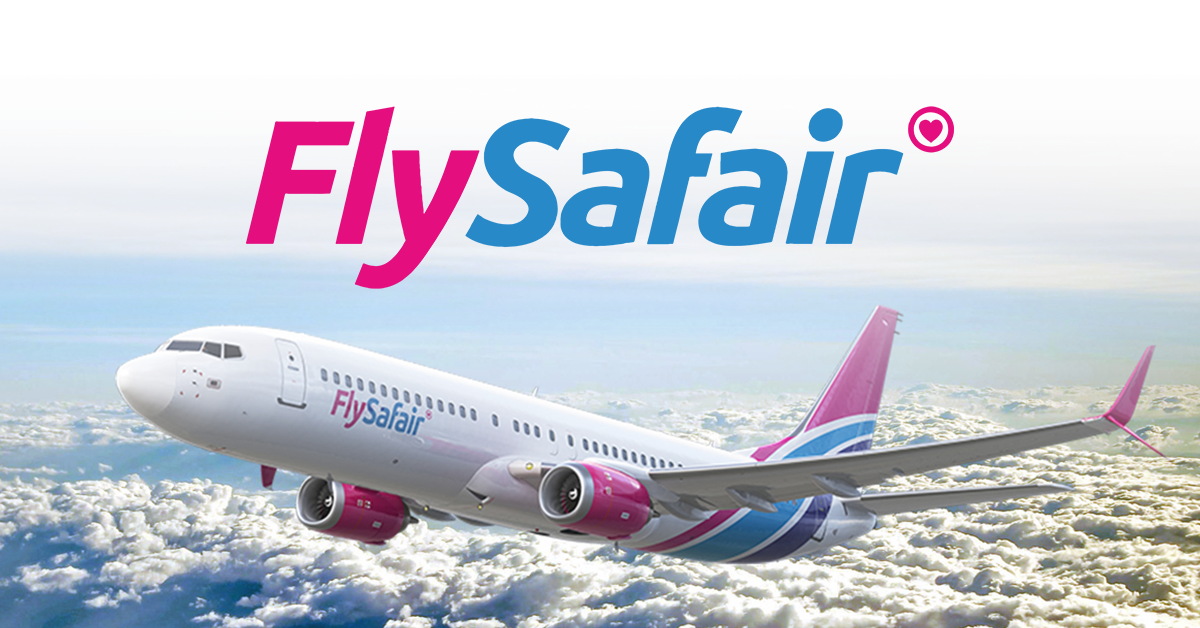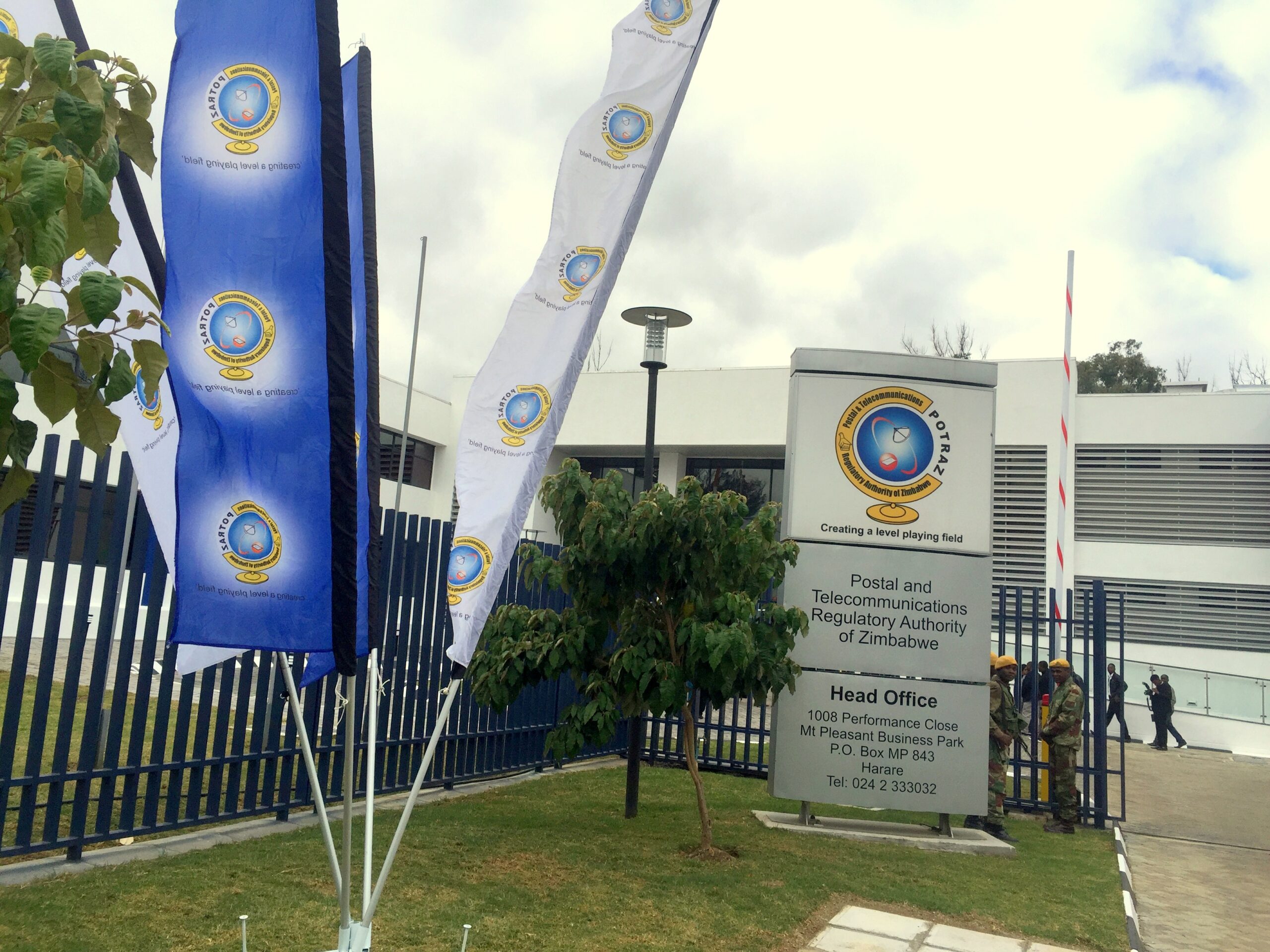Telcos record revenue growth
Revenues for Zimbabwe’s telecoms sector is continuing on a growth path albeit the ballooning operating costs across markets, figures from the regulator shows.
According to the Postal and Telecommunications Regulatory Authority of Zimbabwe (Potraz) sector performance report for the first quarter of 2021, mobile operator revenues grew by 12,3 percent to $13,8 billion compared to $12,3 billion recorded in the fourth quarter of 2020.
However, operating costs grew by 32,9 percent to $7,6 billion, from $5,7 billion recorded in the previous quarter.
Revenue generated by the fixed telephone network grew by 11,6 percent to $1,57 billion while operating costs ballooned by 76,1 percent to $1,37 billion quarter on quarter.
Internet Access Providers (IAP) recorded a 48 percent revenue growth to $6,8 billion while total operating costs jumped by 26,6 percent to $3,2 billion.
The trend was the same with postal and courier services which recorded growth in revenue of 5 percent to $158,4 million from $150,7 million recorded in the previous quarter. On the other hand, operating costs rose 31,7 percent to $187 million quarter on quarter. The sector has not been spared from a myriad of challenges affecting the economy key among them limited foreign currency.
“The inflationary environment, as evidenced by the rising cost of service provision has not spared operators in the sector. The credit crunch as well as foreign currency challenges have negatively affected network expansion and maintenance as spare parts, equipment and vendor support fees require foreign currency. The high cost of International Internet Connectivity remains a challenge, as Zimbabwe is a landlocked country, accessing bandwidth from undersea cables via Mozambique and South Africa,” said Potraz director general Dr Gift Machengete.
During the quarter under review, active Internet and data subscriptions increased by 1,7 percent to 9,029,644, from 8,875,649 the previous quarter resulting in internet penetration rate increasing by a marginal 0,2 percentage points to 61,1 percent.
On the other hand, active fixed telephone lines declined by 1 percent to 249,486, from 252,067 recorded in the fourth quarter of 2020.
Active mobile telephone subscriptions also went down 1,7 percent to 13 million subscribers from 13,2 million in the previous quarter.
“Active subscriptions have been experiencing seasonal fluctuations over the past year due to the impact of the Covid-19 pandemic on demand and consumer behaviour,” said Dr Machengete.
The report shows mobile voice traffic increased by 3,5 percent to 1,56 billion minutes fixed telephone voice traffic declined by 13 percent to record 85,5 million minutes. According to Potraz, fixed voice service continues to face competition from Voice-over-Internet Protocol (VoIP) which is increasingly being adopted by corporates, hence the fluctuations.
During the review period, mobile internet and data traffic rose 29,9 percent to 21,865 Terrabytes and are expected to continue growing due to the increased adoption of e-learning, telecommuting, and e-conferencing.
The anticipated increase in economic activity is expected to bring a further surge in demand for communication services, in particular data and courier volumes as consumers adapt to the new normal. “Hence, the need to scale up digitalisation,” said Dr Machengete.
He highlighted the urgent need to accelerate digital transformation in line with the National Development Strategy (NDS1), which identifies the digital economy as a key pillar.-ebusinessweekly.co.zw










